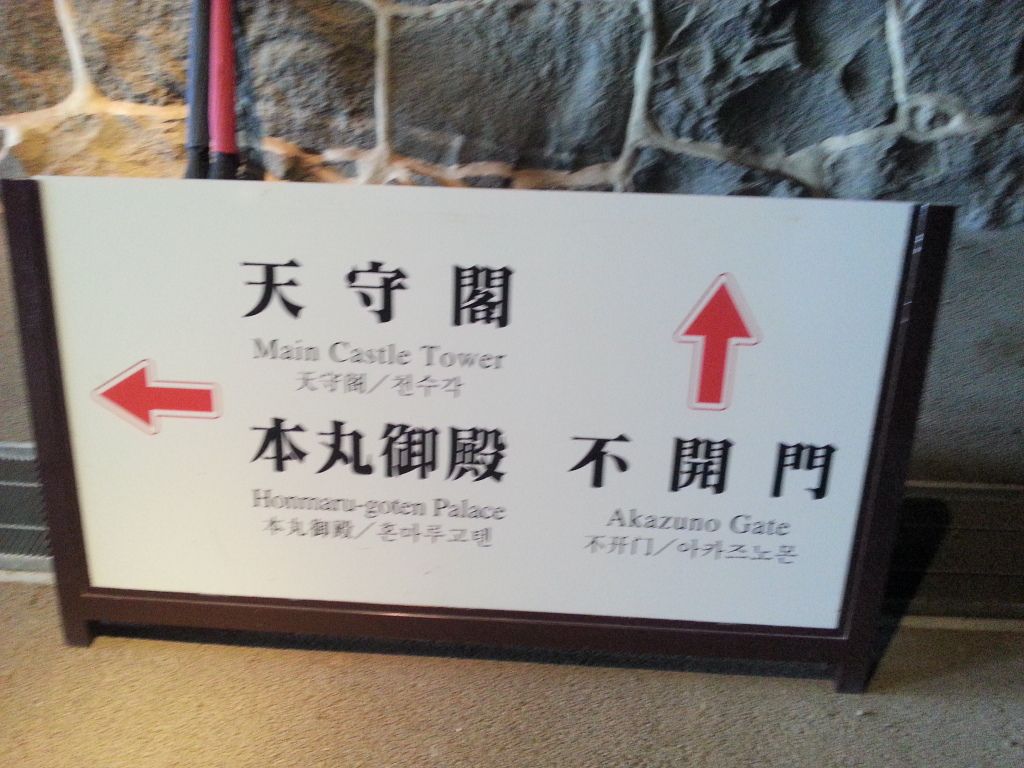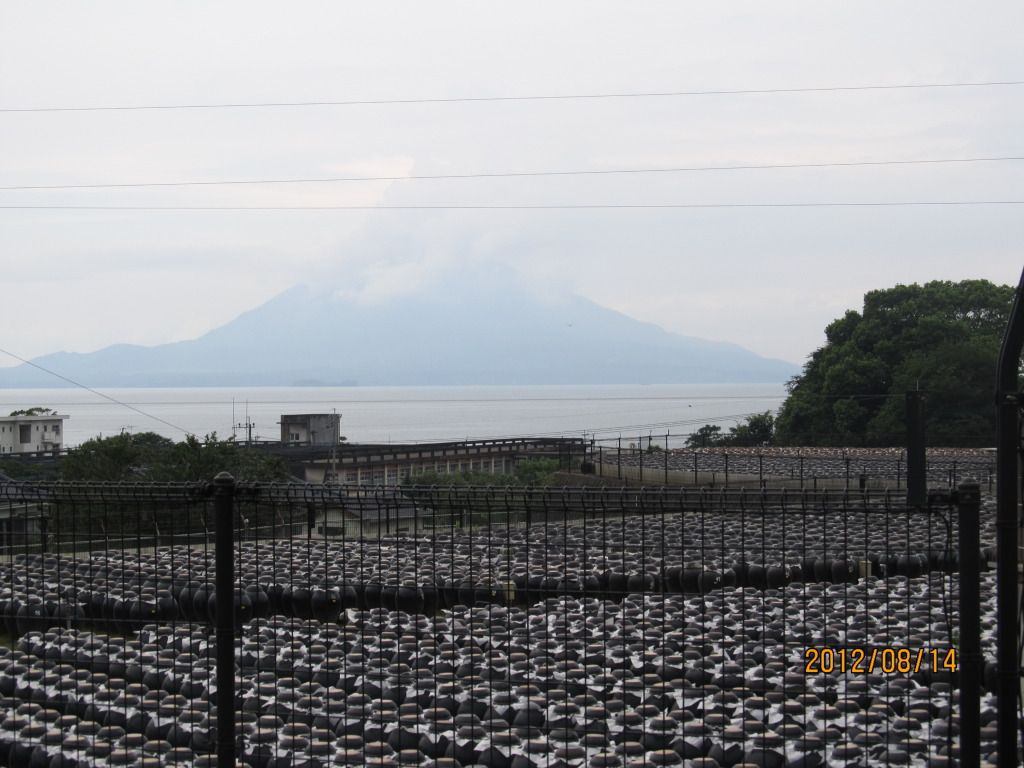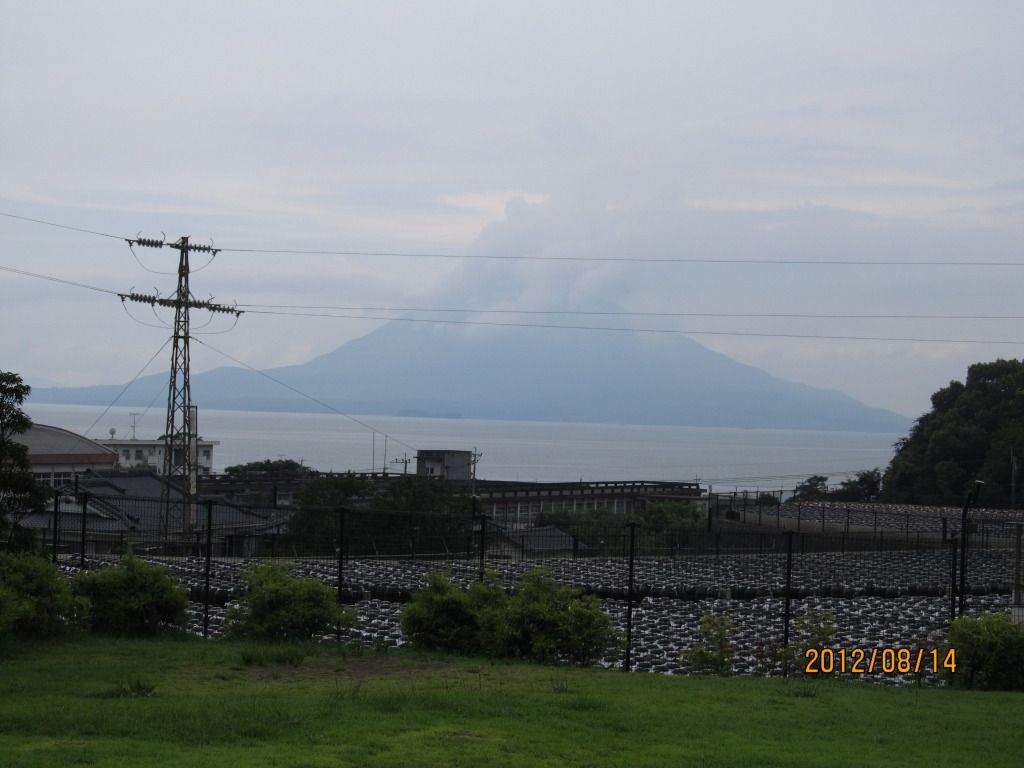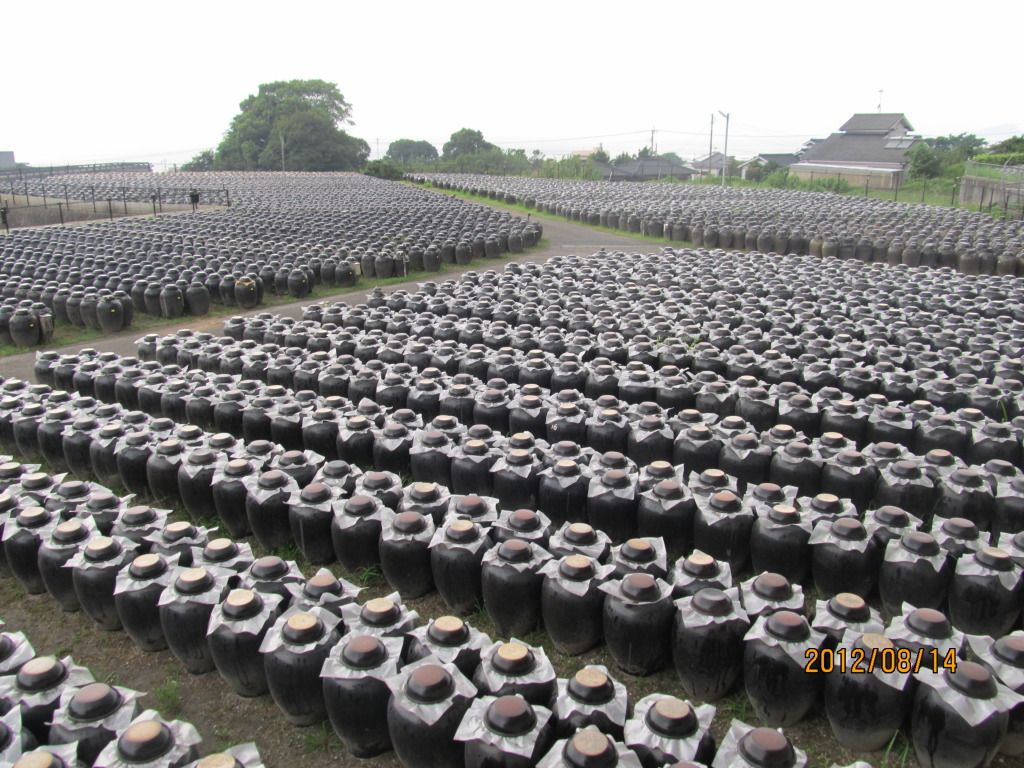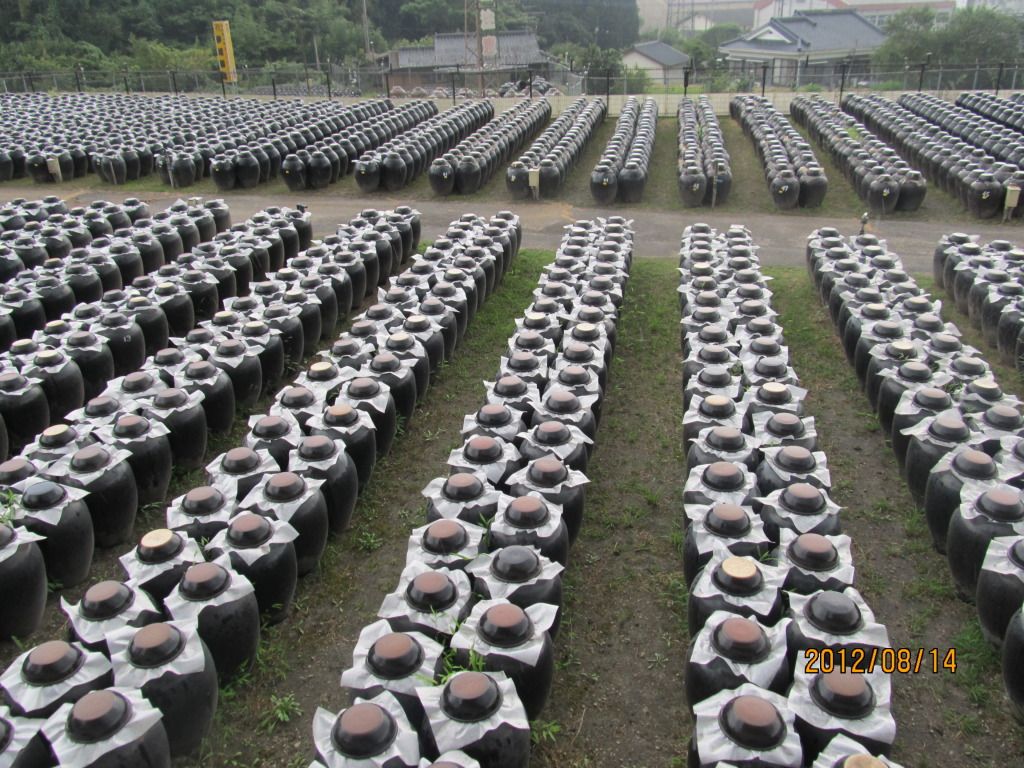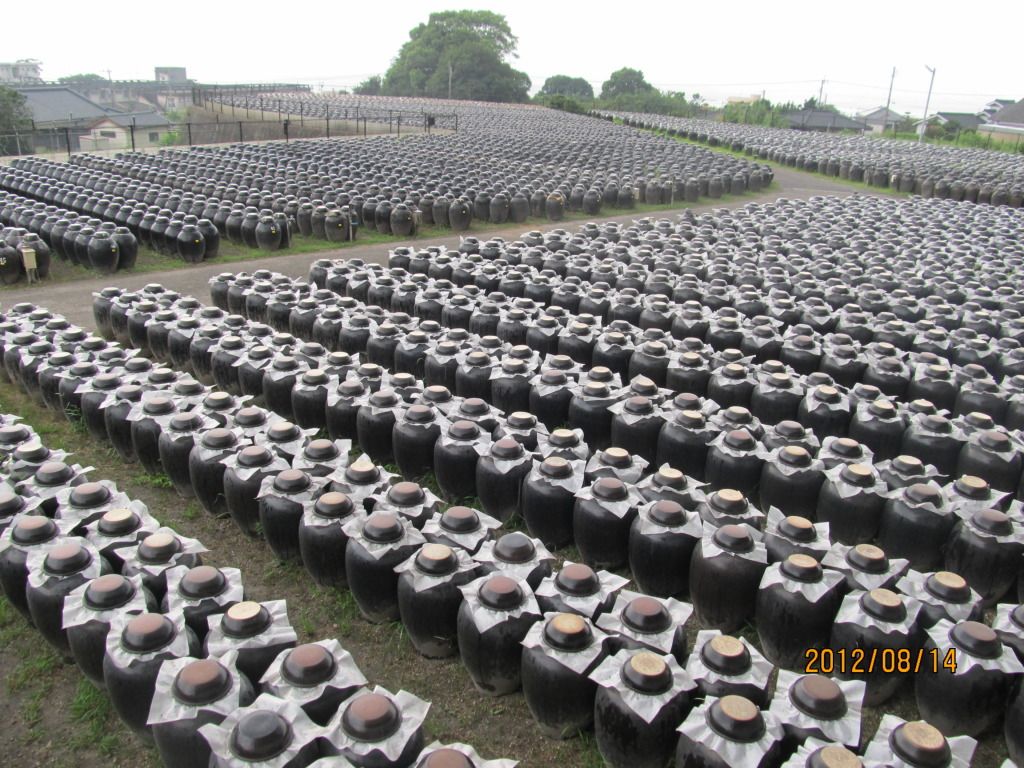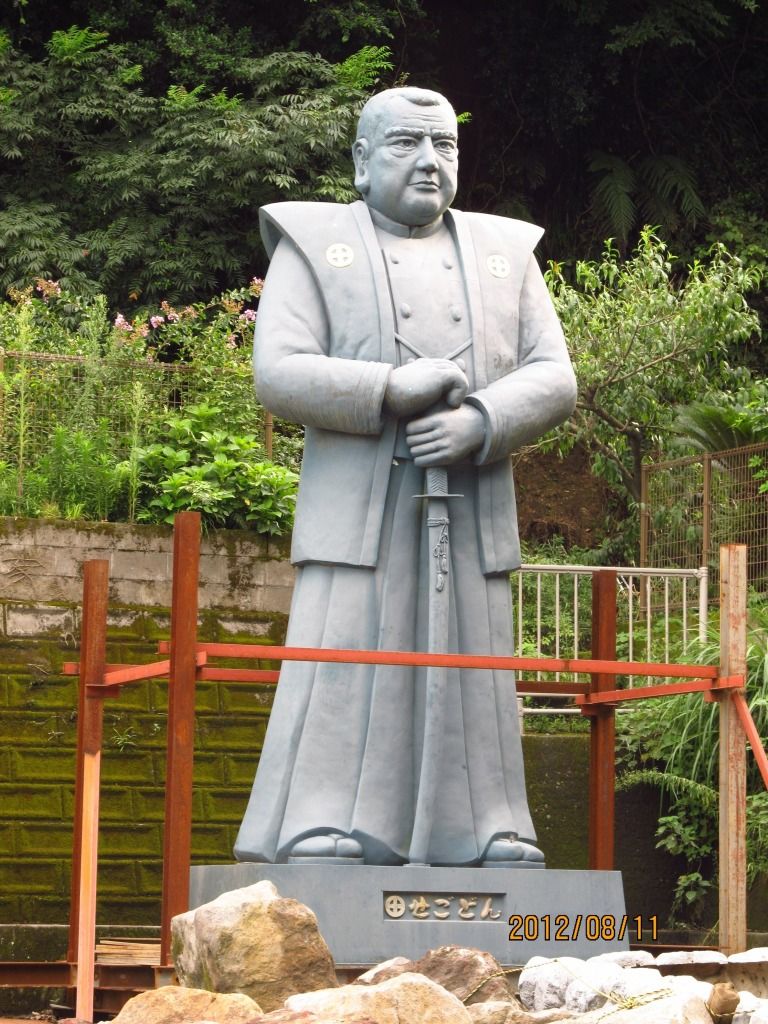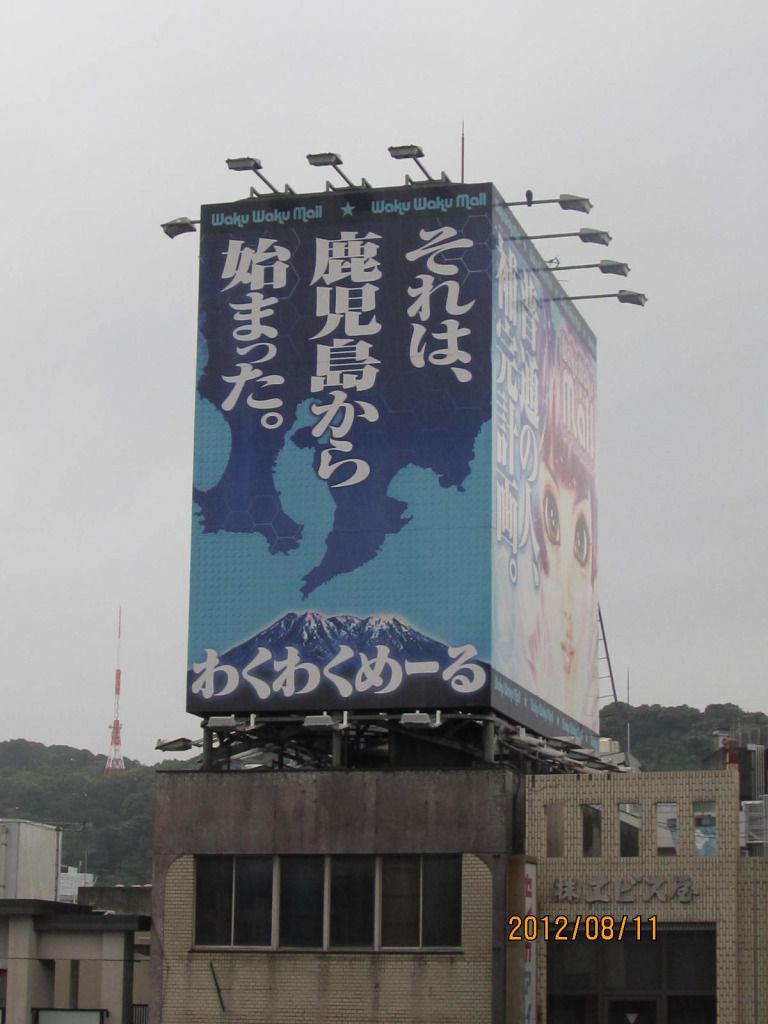source
Saigo Takamori 西郷隆盛 (1828-1877)
A Satsuma samurai and twofold rebel

Born in Kagoshima in the Satsuma domain (present-day Kagoshima Prefecture) Saig� Takamori was one of the Satsuma samurai supporting the Meiji Restoration. He has often been called the "last true samurai".
Saig� was an early opponent to the Tokugawa shogunate. He was exiled from 1859 to 1864 to Amami Ōshima island, then returned to assume command of the Satsuma troops based in Kyoto. He formed an alliance with samurai from Aizu domain against the forces of rival Ch�shū. After the Meiji Restoration he became advisor to the new Meiji emperor and first staunchly rejected the Westernization of Japan.
In 1873, while many senior statesmen like Ito, Okubo or Kido were abroad on the Iwakura Mission, Saigo pressed the government to invade Korea, so as to punish it for not opening relations with the new Meiji government. When the Iwakura Mission returned to Japan in September 1873, Saigo's plan was rejected, partly from budgetary considerations, and partly from realization of the weakness of Japan compared with the western countries.
Satsuma Rebellion (1877)
Saig� took badly what he thought was an rebuttal and suffered a breakdown. He retired from the government with a group of likeminded dissidents and returned to Kagoshima. He soon gathered supporters among disenchanted samurai and those harbouring ill intentions against the central government.
Saig� was a conservative, old-style samurai, who still lived with the values of honour and purpose. In January 1877, he led the Satsuma rebellion and attacked the government troops in Kumamoto sending 40,000 men, mostly peasants armed with guns, against a force of 300,000 samurai officers and conscript soldiers. The ensuing six-week battle ended in a victory for the government's conscript army.
Saig� and the last 400 of his loyal men retreated to Kagoshima, where he committed seppuku after having suffered a severe hip injury in battle on 24 September 1877.

Legacy
He is seen as a paragon of virtue by many and considered the last real samurai to die as such. A famous bronze statue of Saig� in hunting attire with his dog stands in Ueno Park, Tokyo. Made by Takamura Koun, it was unveiled on 18 December 1898. A reproduction of the same statue stands on Okinoerabujima, where Saig� had been exiled. Saig�'s last stand against the Meiji government in the Battle of Shiroyama was the historical basis for the 2003 film "The Last Samurai". Katsumoto, played by Ken Watanabe in the movie, is based on Saig�.
Recommended Reading:












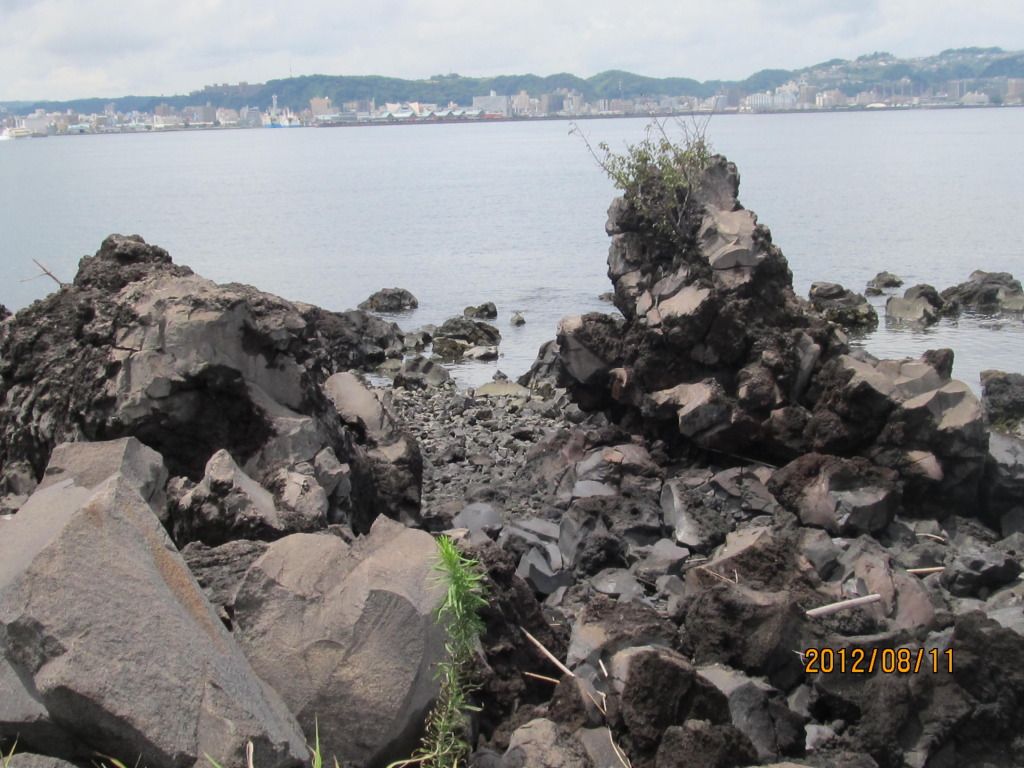
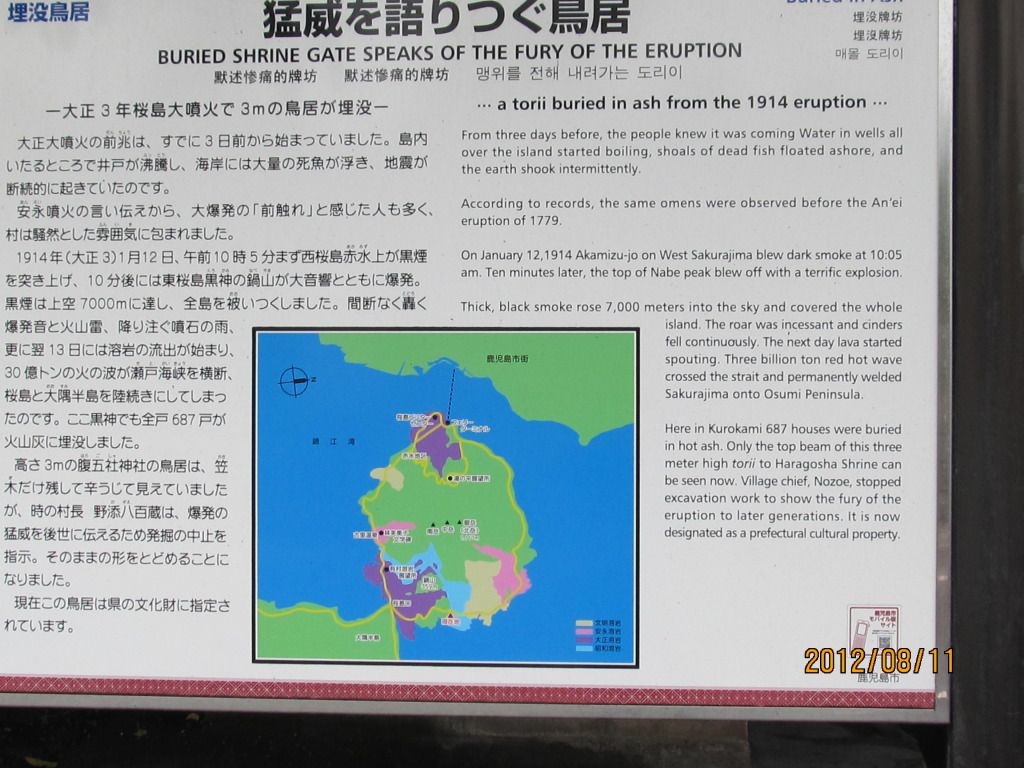
 so this what that information from the above, mentioned about.
so this what that information from the above, mentioned about.